Cellular Tower Strength Surveys for RF Radiation Safety (MPE) 5G Weak Cell Signal and Digital TV / WiFi – Wireless Coverage
214.912.4691
If your company or property is frustrated by dropped calls, slow data downloads and “Out of Service Area” messages on your smartphone, Android cell phone, iPhone, PDA, etc. ScanTech can help. We measure the signal strength (both overall spectral amplitude and by individual frequency block) of all major carriers such as Verizon, T-Mobile / Sprint and AT&T on 2G, 3G, 4G, 5G, LTE, PCS and AWS networks. We also measure digital TV signals in remote areas of the United States where broadband cable / DSL / optical carriers are not readily available.
Also, if you have a prospective property you are investigating and need a survey as a part of due diligence to evaluate what cell phone coverage will be, we can gather data that will identify weak signal areas and help point towards cost-effective solutions.
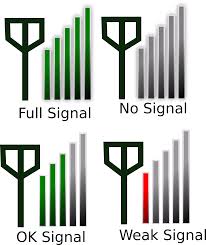
The Number of Bars on Your Phone is an ARBITRARY (Relative) Measurement of RF / Cellular Signal Strength
There are several reasons for poor reception which includes:
- Geography such as being in a low lying area with respect to a cell tower (elevation) or linear distance to the nearest tower(s).
- Cell tower antenna orientation and power (ERP or Effective Radiated Power) with respect to your specific location. There is a tradeoff between directionality and gain from any given antenna. The more directional the antenna, the higher the gain, but also the lower the power in directions where it is not aimed. Sidelobes also waste power in directions that the antenna is not aimed in.
- Attenuation caused by distance, elevation, significant terrain, (such as hills, valleys, lakes, mountains, etc.) trees and vegetation, building materials, (all of them weaken RF to some extent including glass) large equipment, areas that are heavily shielded by plate or “chicken-wire” metal, and “shadowing” from other nearby structures.
- Heavy cellular subscriber bandwidth loads at peak times
- Destructive interference caused by complex cellular RF reflections bouncing off of objects and creating null zones at critical nexus points.
- Poor sensitivity and / or low signal to noise (SNR) ratios of the end user device which can vary by manufacturer, model, manufacturing variations, physical damage, firmware, etc.
- Localized RF interference such as WiFi, wireless microphones / audio setups, or other equipment such as cell phone RF jammers.
We also perform FCC RF Compliance Safety Surveys with regard to MPE (Maximum Permissible Exposure) for antenna arrays, repeaters and other radio frequency emitting equipment on rooftops, etc.
Q. I’ve been asked by the Fire Department, Police, Public Safety, etc. of my city to perform an radio coverage test of some kind in this new / remodeled building as a part of getting our Certificate of Occupancy – do you perform such RF surveys?
A. There has been a surge of interest and requirements in various municipalities / states regarding First Responders and other entities that ask for emergency communication surveys as part of the CO / permitting process for new and remodeled buildings that fall within certain criteria. Understandably in the event of an emergency situation, appropriate personnel should have reliable communication through their 2 way radios or other Radio Frequency systems.
However, due to the high level of variance of brands, models, frequencies and range of environmental scenarios such as building construction geometry, material, altitude, weather and so forth, ScanTech cannot offer this service at a cost-effective price or guarantee of performance. Nor can we recommend anyone else in particular because this is a specialty niche that carries high risk.
What you are looking for is what is known as a ERCC (Emergency Responder Radio Coverage) survey and that involves systems such as DAS, (Distributed Antenna Systems) BDA (Bi-Directional Amplifier) systems or UDA (Uni-Directional Antenna) systems. There are a lot of other acronyms related to this, but the biggest problem is finding a reasonable and honest survey that is NOT connected with a supply vendor. ScanTech is platform neutral and will never push or sell product and by the definition of how a structure is evaluated, you practically need to have familiarity with or have on hand systems that can supplement “dead zones” or areas of weak / unreliable reception.
http://www.cellreception.com/towers/
Non-Ionizing RF Radiation Cell Towers IARC WHO 2013 PDF Format
5G Health Risks Cell Phone Towers Antennas Texas PDF Format
Guidelines Limiting Exposure RF Electromagnetic Fields 100 KHz – 300 GHz PDF Format
Digital TV Field Strength Contours
Pan-American FCC Television Frequencies
How To Test Your Antenna Signal Strength Like a Pro: Unlock Crystal-Clear TV!
https://www.grandmetric.com/2019/03/26/5g-health-issues-explained/
5 G Cellular Phones & Frequencies
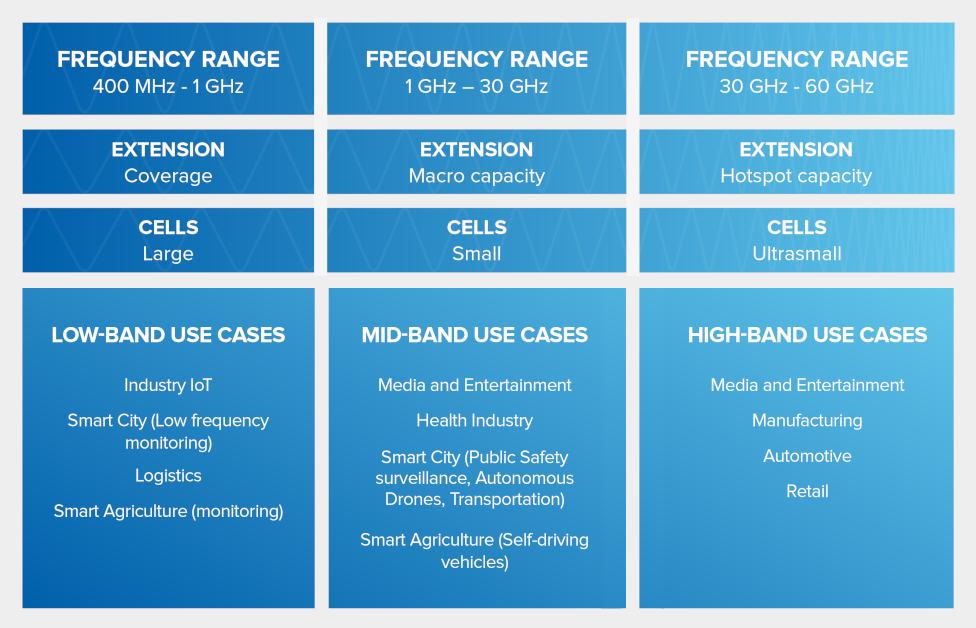
5G Applications Cell Towers

5G Cell Phone FR1 FR2 Frequency Bands
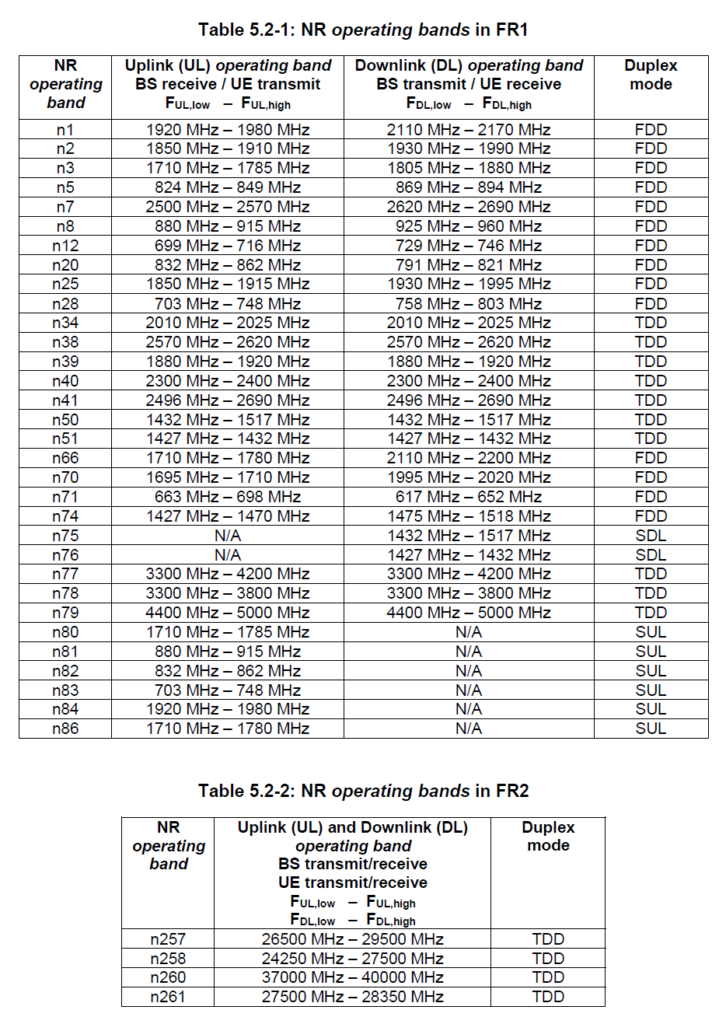
5G NR FR1 Cellular Phone Frequency Bands
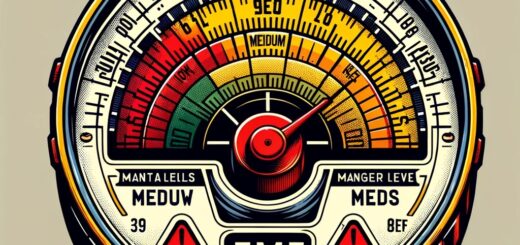


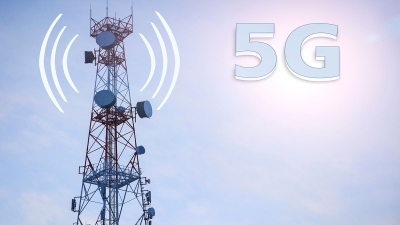
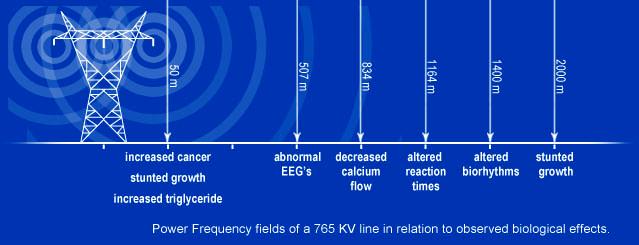
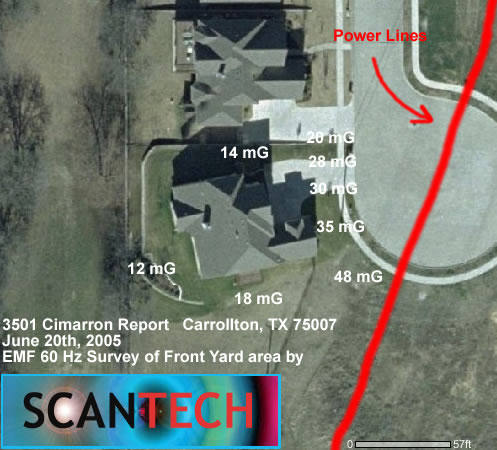
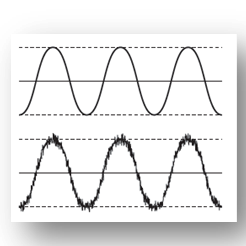
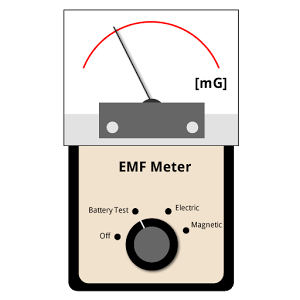
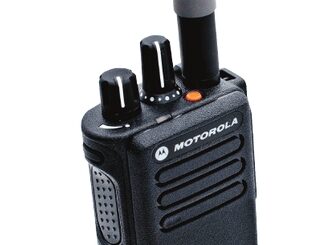


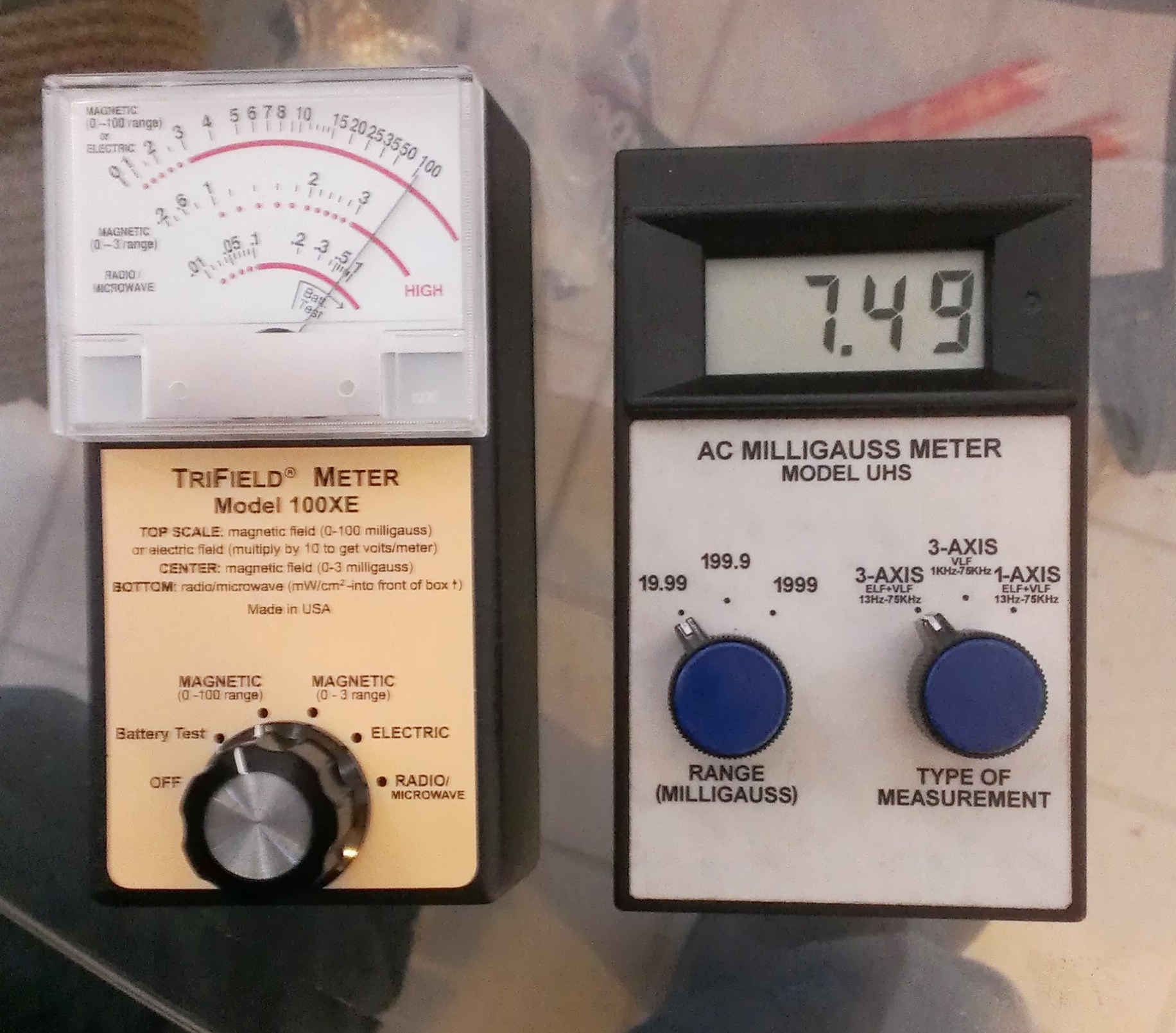
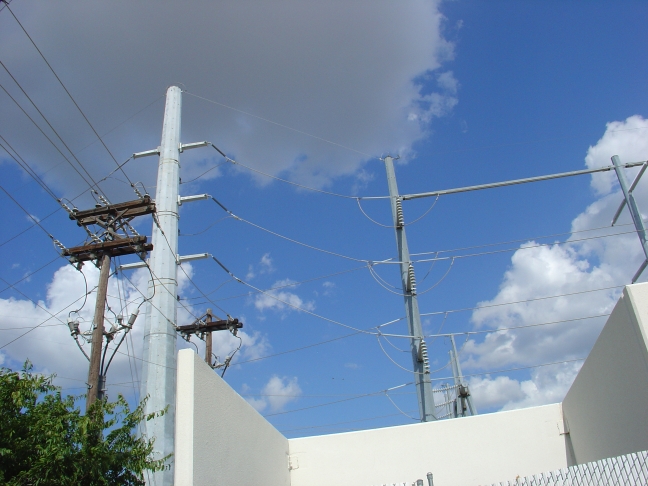
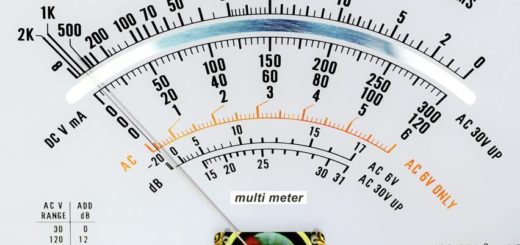
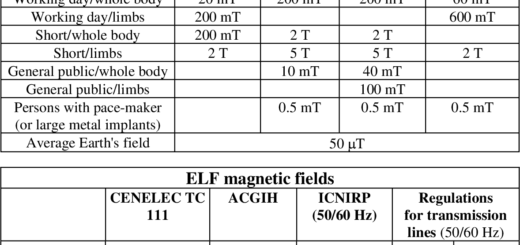
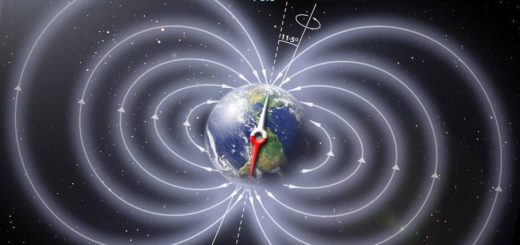
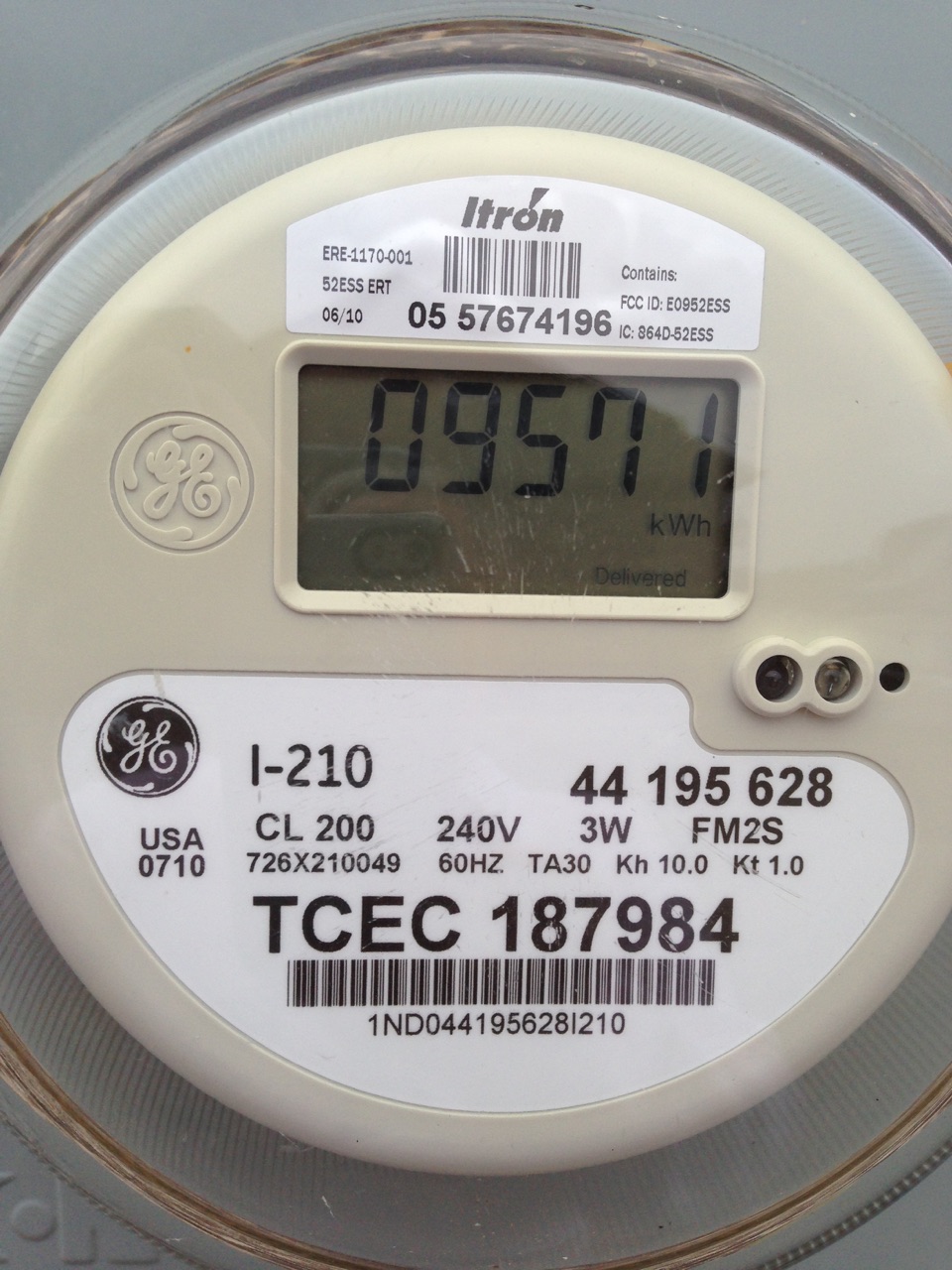


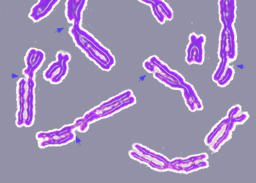
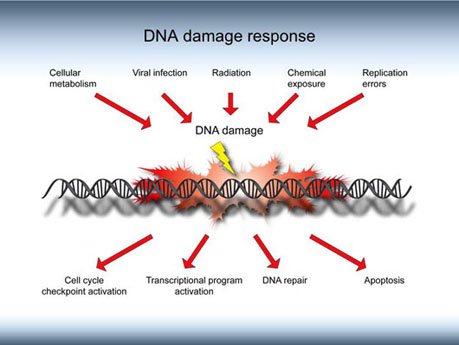
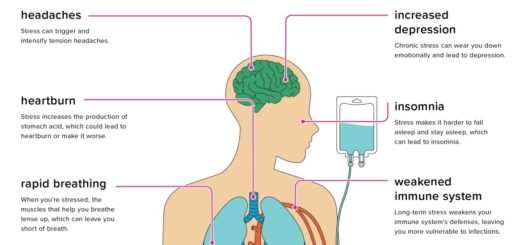

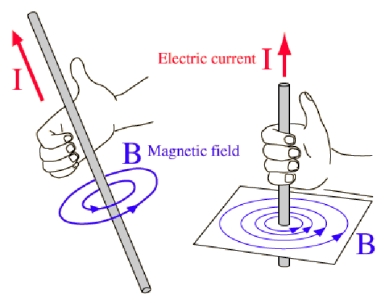
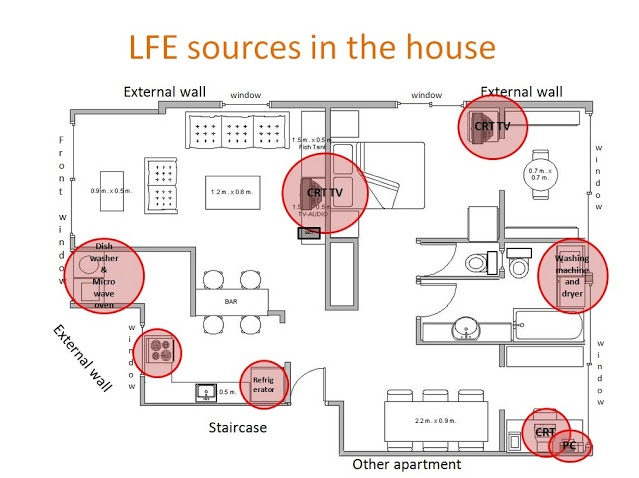

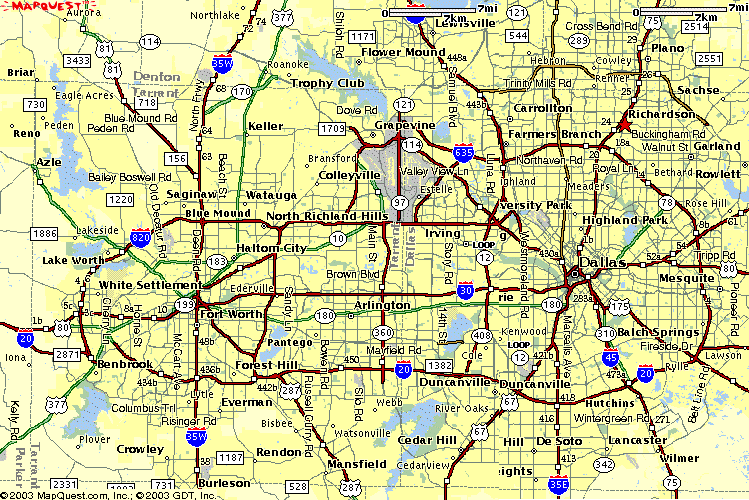



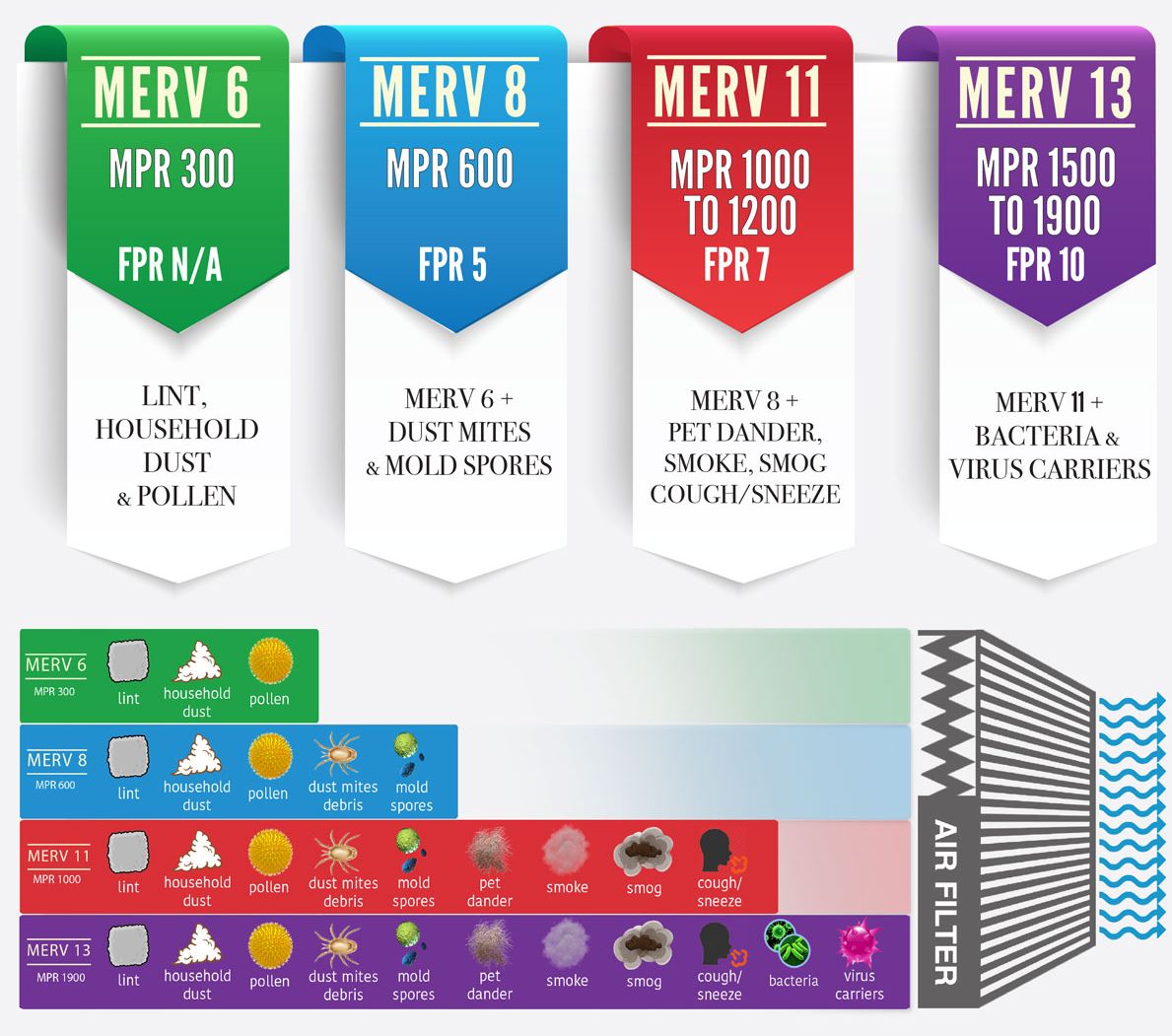
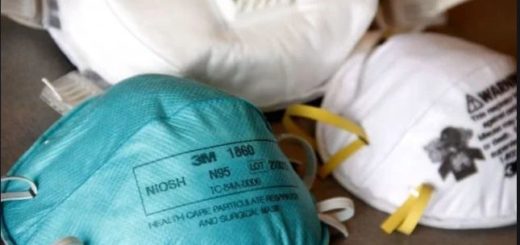
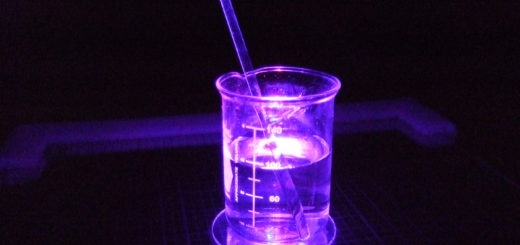
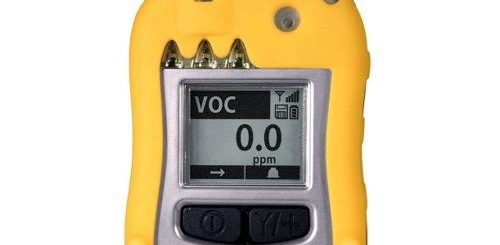
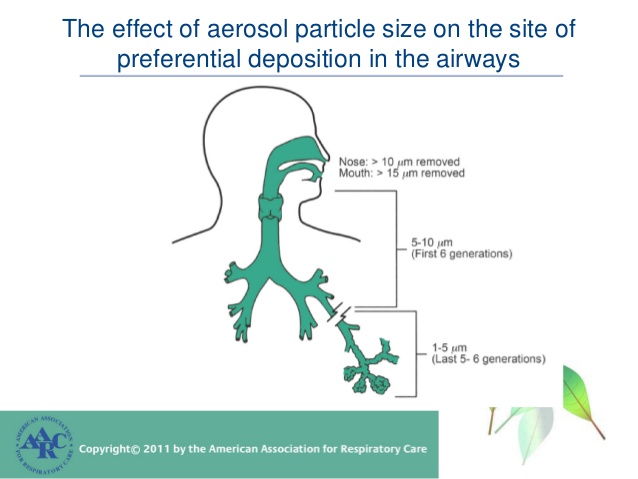
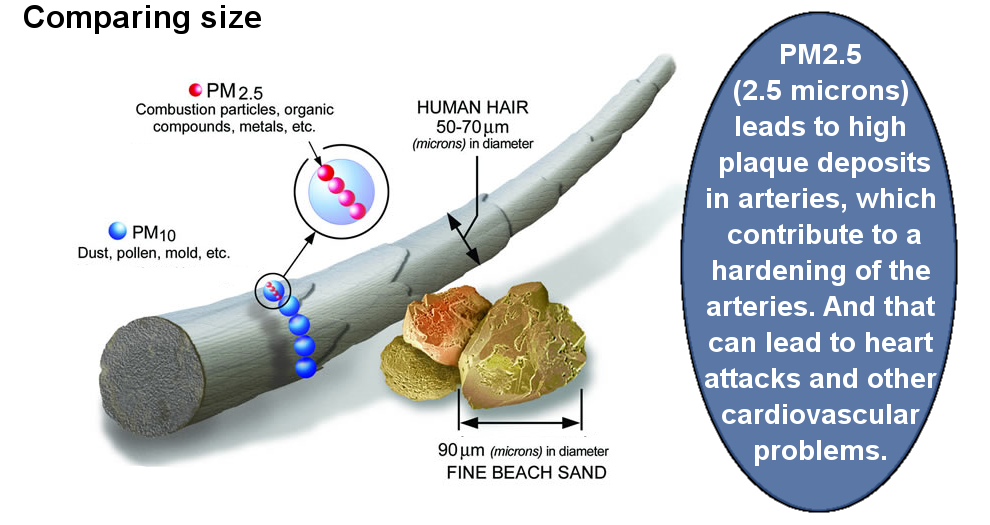
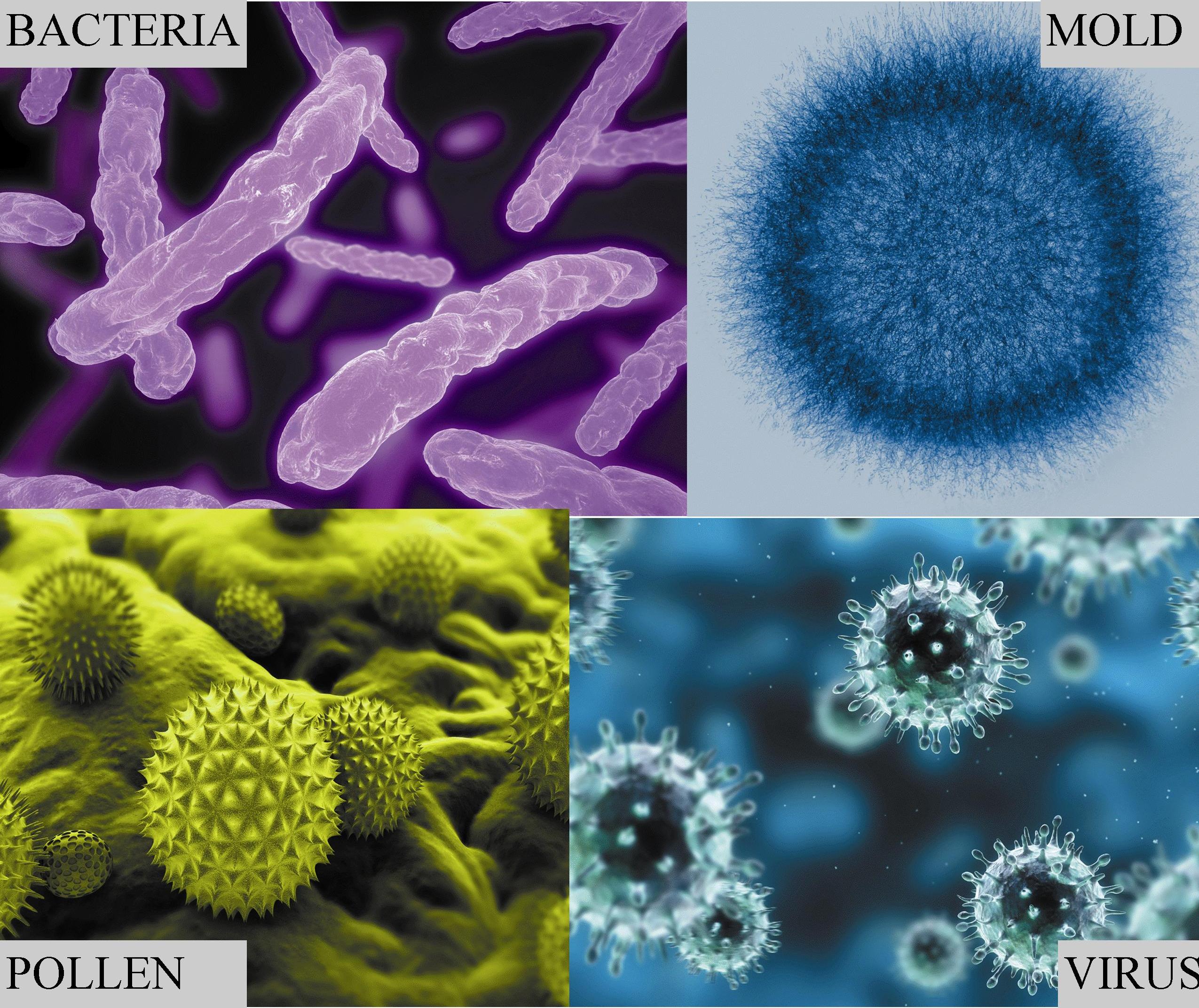
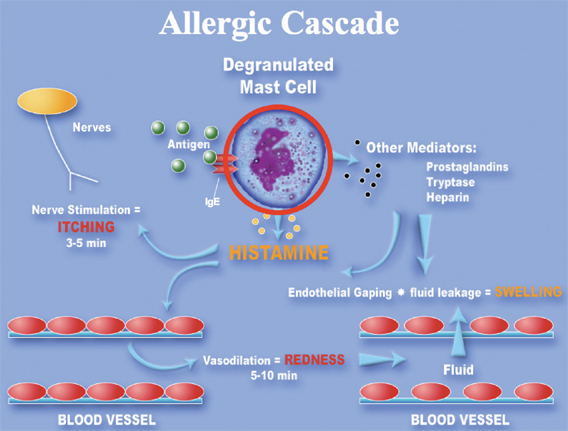

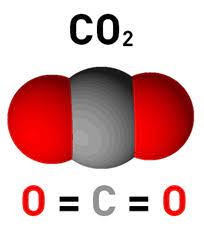
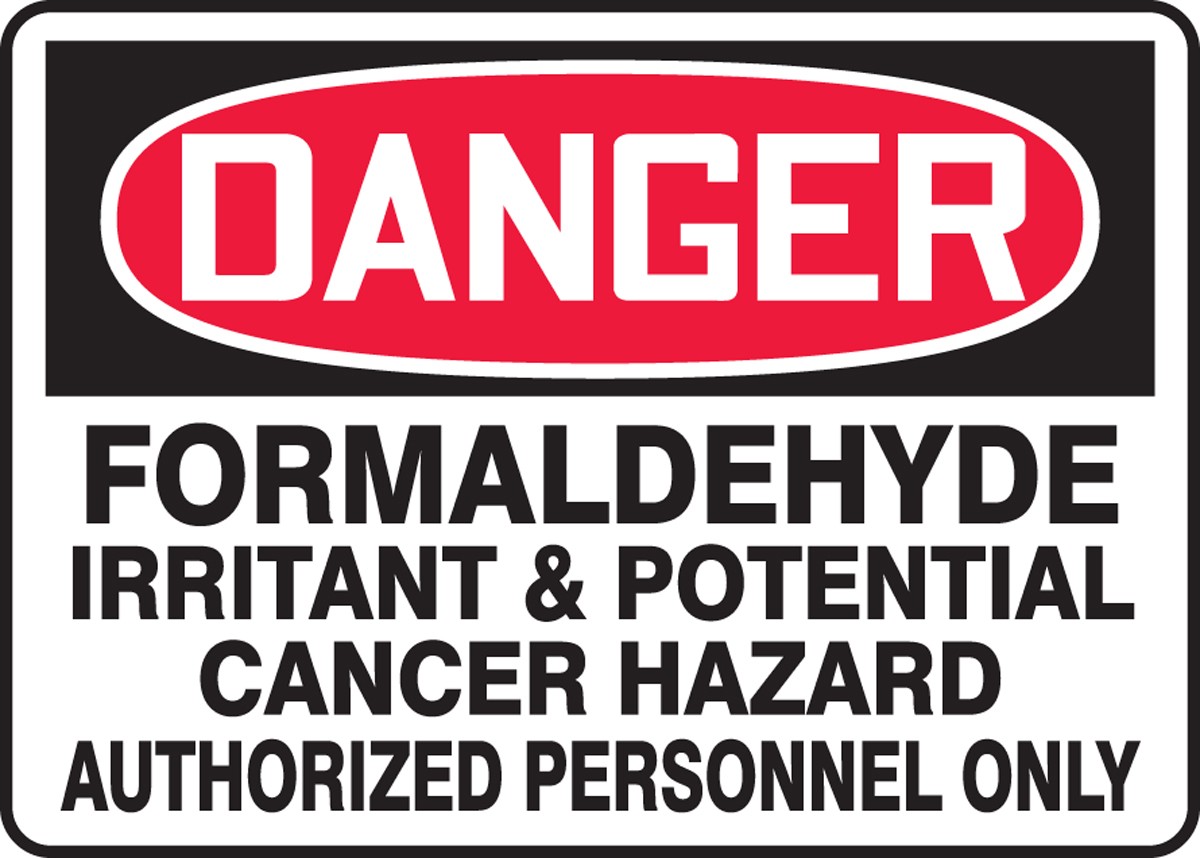

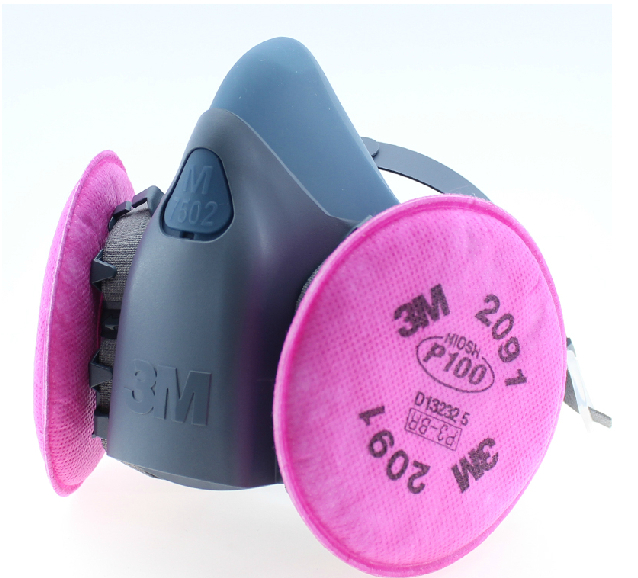
Hi I live in a large HOA and parts of the development have poor cell service (4G). How do we define the issue(s) to address them at a community level rather than for each home owner. Important to us as it affects out ability to contact HOA Maintenance staff during the business day or off hours snow or other storm clean-up.
Jim,
>Hi I live in a large HOA and parts of the development have poor >cell service (4G).
I don’t do residential work or engage homeowners, and I certainly do not want to deal with an HOA. I suggest you contact either the Better Business Bureau or an attorney. It sounds like a real mess with complications arising from the terrain, vegetation, diversity of cellular phone carrier services and phone models.
>How do we define the issue(s) to address them at a community >level rather than for each home owner.
I do not offer arbitration services which would be required for something this involved – please see the above suggestion.
JAG of ScanTech